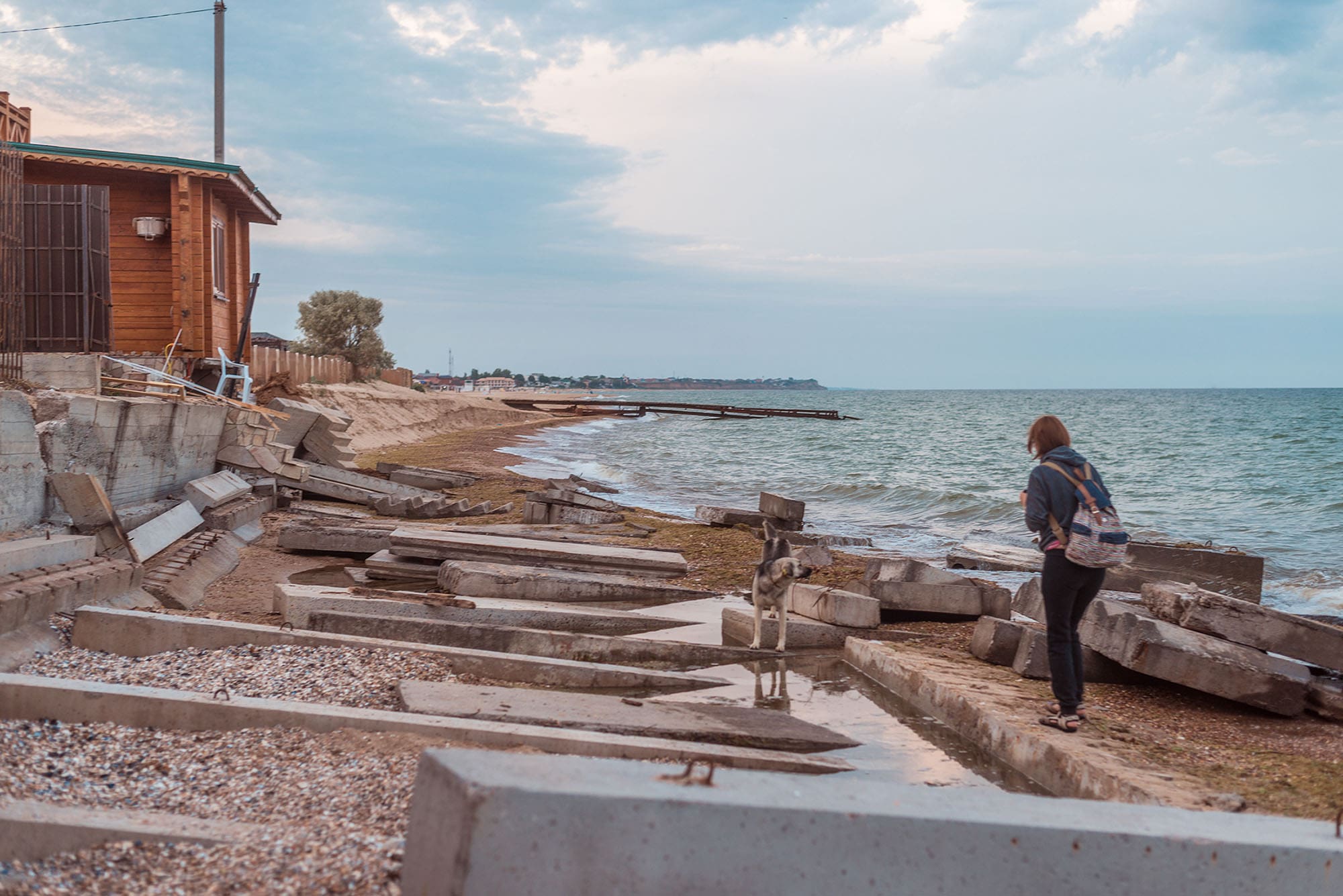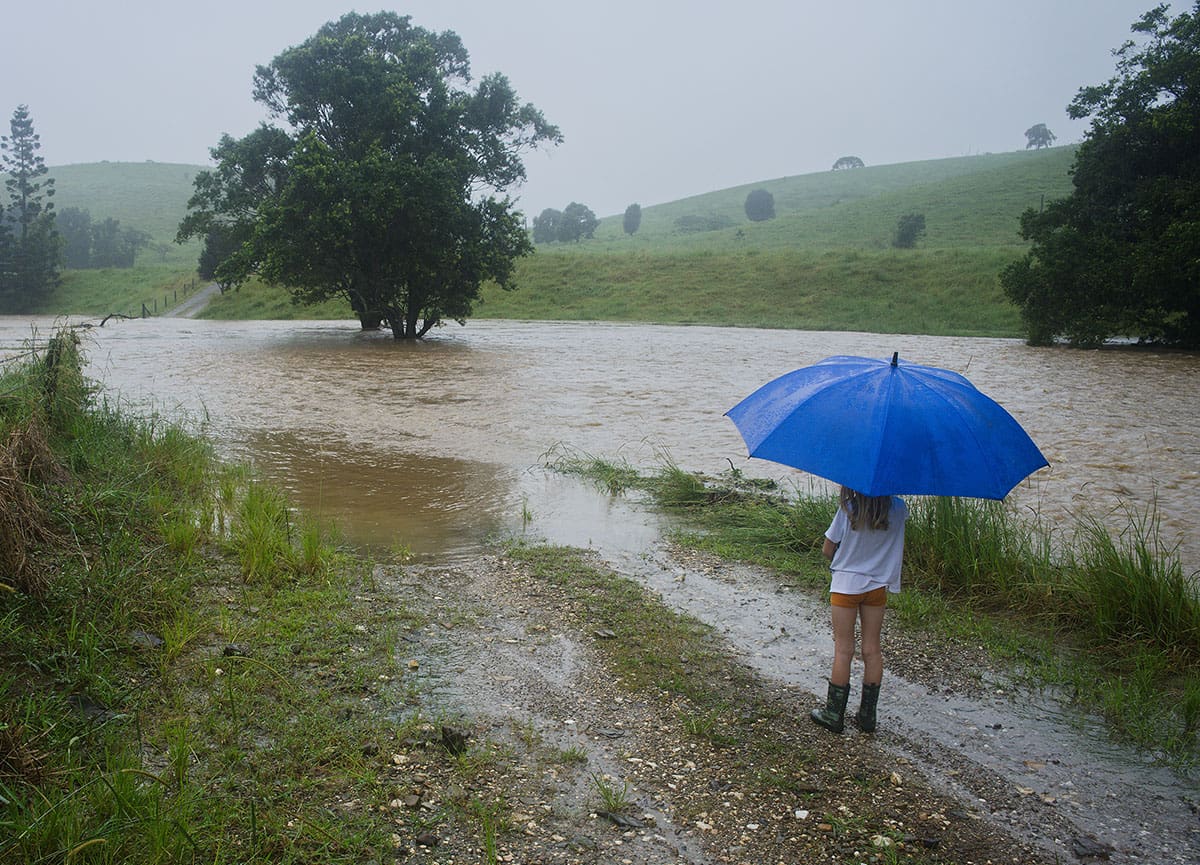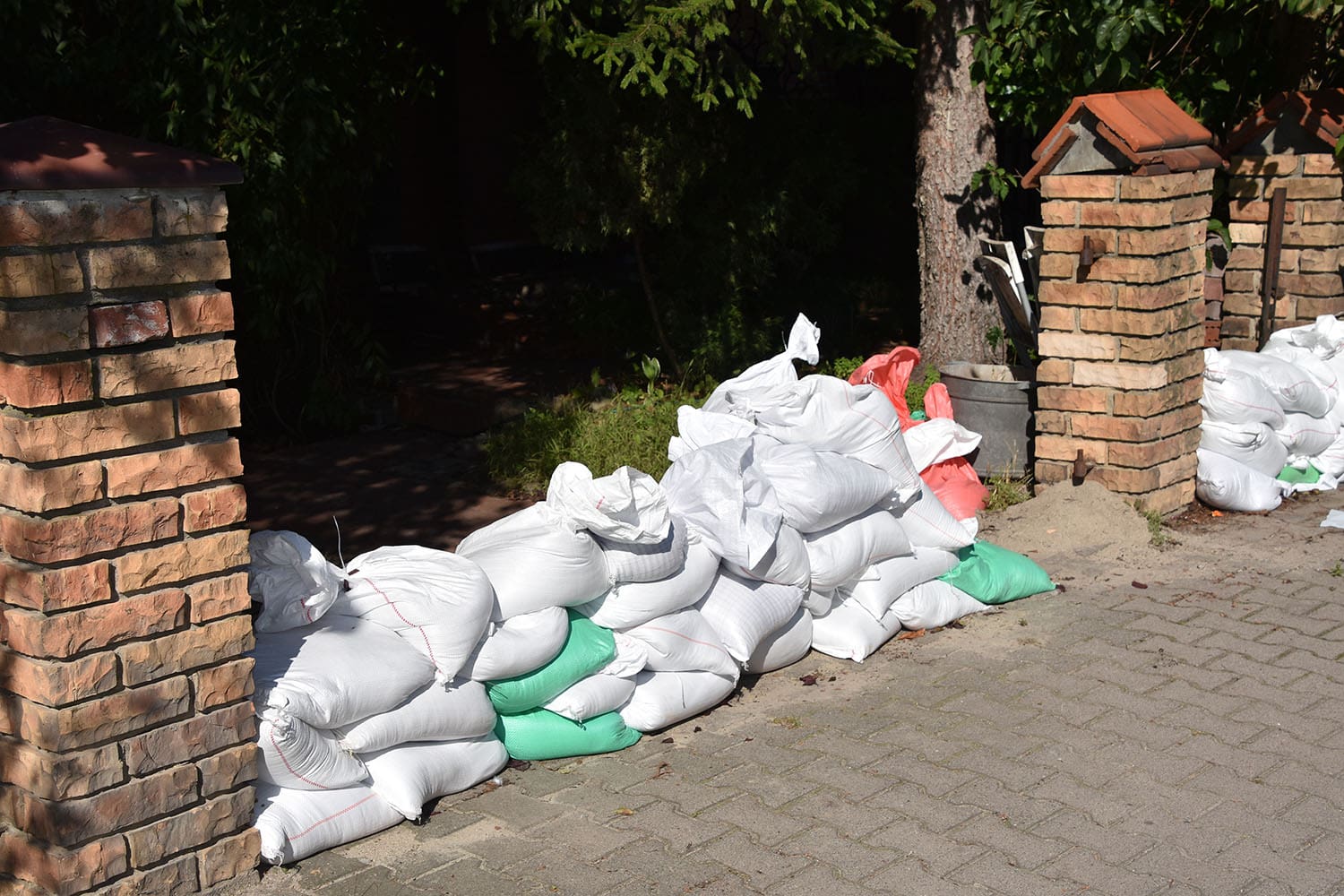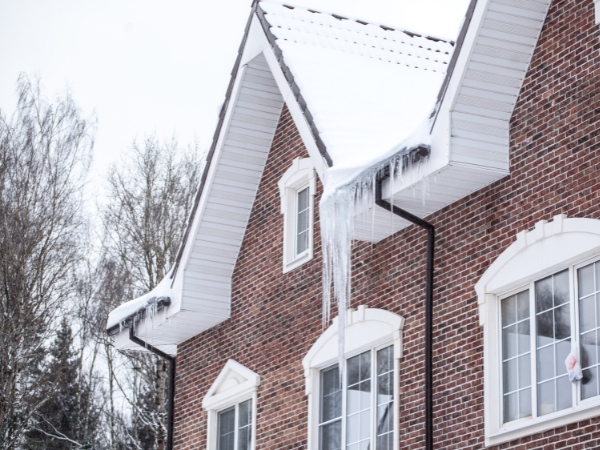While floods can happen in the U.S. any time of year, late spring and early fall are usually considered peak season. So, knowing how your flood insurance policy should respond in case you experience flood damage in your home, whether from a driving rainstorm, drain backups, or excessive snow melt, is important.
Understand what flood insurance pays for
Typically, flood insurance can pay to repair and/or replace:
- Your building(s) – the physical structure of your home, such as the foundation, electrical, HVAC, and plumbing systems, water heaters, built-in appliances, and permanently installed fixtures, such as carpeting, paneling, and cabinets.
- Your personal belongings – furniture, clothing, electronics, and portable appliances (as long as they’re not stored in your basement) – up to the limits stated in your policy.
Typically, your policy will not pay to repair and/or replace:
- Damage caused by moisture, mildew, or mold that could have potentially been avoided
- Additional living expenses, like hotel stays or meals, if you can’t live in your home after the flooding
- Property outside of your house, like decks, patios, sheds, fences, and landscaping
- Cars or other vehicles, which are usually covered by your auto insurance
- Cash,precious metals, or important documents
*Always consult with your insurance advisor about your specific policy to ensure you understand what is and is not covered.
File a claim
Once you file an insurance claim, an adjuster will inspect the damage and estimate your losses.
- Be prepared to provide:
- Photos or videos of all damage that can show standing water levels
- A list of damaged belongings that includes the make, model, and serial number of major appliances, like refrigerators, washers, dryers, water heaters, etc.
- Samples of interior design items (e.g., flooring, carpet, etc.) so the adjuster can see overall quality before damage occurred to estimate the loss and the cost to replace it
“The flood insurance adjuster sent by your insurer will never ask you for money, collect your deductible amount, or charge you a fee for their service.” FEMA
- Discard wet and damaged belongings. This includes food, clothing, pillows, etc., once you’ve documented damage, to prevent the growth and spread of mold and help minimize health risks.
- Complete a proof of loss form with your adjuster. Do this within 60 days of the flood to officially outline your losses.
- Understand how your estimate is calculated. Your adjuster will provide an estimate for losses and damages based on either:
- Actual Cash Value (ACV): which means the payout is based on the item’s value at the time of loss, considering depreciation.
or
- Replacement Cost Value (RCV): which means your payout is based on what it costs to replace or repair the home withoutdeducting for depreciation.
- Actual Cash Value (ACV): which means the payout is based on the item’s value at the time of loss, considering depreciation.
- Know your out-of-pocket deductible. This is the amount you must pay before insurance kicks in. Flood insurance usually has separate deductibles for building and contents coverage. For example, if you have a National Flood Insurance Program policy, you could pay $1,000 for building repairs and $1,000 to replace personal items before your coverage begins to pay.
- Consider timing. According to FEMA, it can take four-to-eight weeks before your claim gets paid.
- Review your policy regularly. This will help you understand and identify any changes you need to make to your coverage.
Know your responsibilities
It’s important to understand what your responsibilities are as the homeowner before you begin repairs.
- Know if your insurer needs to approve your contractors before work starts
- Make sure your contractors are licensed, bonded, and insured
- Get all project costs and time estimates in writing
- Research local building codes, especially if you work with an out-of-town contractor who may not be aware of required permits and regulations
Get help from experienced advisors
Our advisors are backed by a team of experts that can help you navigate the entire flood claim process – from helping to resolve issues and negotiate a fair settlement to suggesting reputable contractors and craftspeople to repair the damages.
Connect with us to learn more about how we can help ensure you have the right protection for your needs.
For more information
We’re ready to help when you are. Get in touch and one of our experienced Baldwin advisors will reach out to have a conversation about your business or individual needs and goals, then make a plan to map your path to the possible.
This document is intended for general information purposes only and should not be construed as advice or opinions on any specific facts or circumstances. The content of this document is made available on an “as is” basis, without warranty of any kind. The Baldwin Insurance Group Holdings, LLC (“The Baldwin Group”), its affiliates, and subsidiaries do not guarantee that this information is, or can be relied on for, compliance with any law or regulation, assurance against preventable losses, or freedom from legal liability. This publication is not intended to be legal, underwriting, or any other type of professional advice. The Baldwin Group does not guarantee any particular outcome and makes no commitment to update any information herein or remove any items that are no longer accurate or complete. Furthermore, The Baldwin Group does not assume any liability to any person or organization for loss or damage caused by or resulting from any reliance placed on that content. Persons requiring advice should always consult an independent adviser.






